Bison Hillock gets new wildlife observatory
Multi-day collaborative workshop in the Southern Carpathians sees construction of beautifully designed building for wildlife viewing and related events.

Multi-day collaborative workshop in the Southern Carpathians sees construction of beautifully designed building for wildlife viewing and related events.
This year’s birth of three bison calves bodes well for the successful reintroduction of this majestic herbivore.
On April 24 this year, one of the first members of the European Rewilding Network – the European Bison Project in Kraansvlak – celebrated its 10 year anniversary. In this blog, European Rewilding Network Exchange Officer and bison project coordinator Yvonne Kemp shares an inspirational story about the developing relationship between European bison and the people of the Netherlands.
Rewilding Europe is delighted to welcome three new members (from Spain, Bulgaria and the Netherlands) to the European Rewilding Network. Displaying impressive growth since its launch at WILD10 in Salamanca in October 2013, the network now comprises 53 members from 25 European countries (including Rewilding Europe’s eight operational areas).
The Rewilding Rhodopes team were overjoyed to welcome a new baby bison at the end of April. Both mother and calf are now doing well, with the team monitoring the family on a daily basis.
The spectacular sight of Europe’s largest land animal running wild is set to become more common in Romania’s Țarcu Mountains. After a long journey from the Avesta Reserve in Sweden, a group of nine European bison arrived at Rewilding Europe’s Southern Carpathians rewilding area on April 22 and 23. The group will eventually join free-roaming animals that have been released here over successive years since 2014.
We are delighted to announce that the World Wide Fund for Nature (WWF) Netherlands will continue supporting Rewilding Europe for another three-year period. This generic support will help us to deliver on our objectives, both at a central level, and in individual rewilding areas.
I can easily say that for me September this year was the ‘bison month’. At the beginning of this month, I participated at the annual European bison conference in Poland where we discussed the status and progress on the return of Europe’s largest living land mammal. Then, I travelled all the way to Canada to show the North American bison conservationists what we are doing over here in Europe to support our own bison species, and learn from the work done on the American bison. It turns out that there are quite some similarities between our intercontinental stories about these iconic animals.
Last Friday, the LIFE project “Urgent actions for the recovery of European Bison populations in Romania” (LIFE Bison) held its opening ceremony at the “Grigore Antipa” Natural History Museum in Bucharest, Romania. The project works to build a viable population of the European bison in the Tarçu Mountains Natura 2000 site in the Southern Carpathians. The event also marked the opening of the exhibition “The largest land mammal in Europe returns to the Southern Carpathian wilderness”, hosted by the Museum and open to public until end of November.
Over the last four months, I have been doing my internship in the Southern Carpathians rewilding area in Romania. This internship was part of my Master study of Biology at the Wageningen University in The Netherlands. One of my professors connected me with Rewilding Europe where he suggested to me to check out their rewilding project in the Southern Carpathians. After being in touch with the Romanian rewilding team, it became clear that they could really use an intern student this summer, so I went for it!